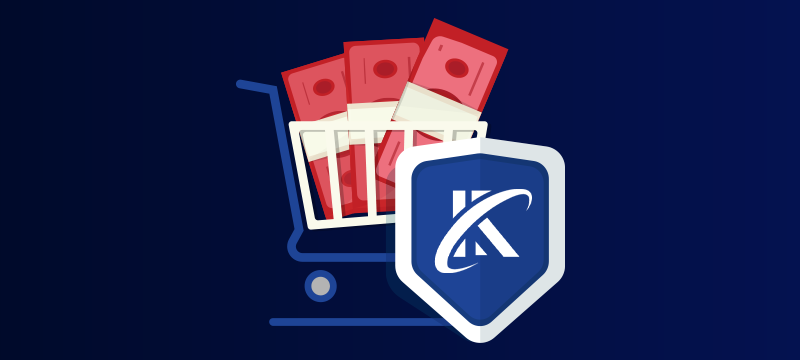As the world becomes more digital, so do our shopping experiences. While online stores have made it easier for people to shop from the comfort of their own homes; they have also opened new avenues for fraud. Fraudsters can use various techniques to trick online stores and their customers into handing over personal and financial information. In this post, we’ll explore the signs of online fraud and the measures you can take to prevent it.
Signs of online fraud
Online fraud can take many forms, but there are some common signs that you should look out for:
- Unusual orders
One of the most obvious signs of online fraud is an unusual order. For example, an order that is much larger than average or one that includes many expensive items. Fraudsters will often try to make large orders to get as much value as possible before being caught. - High-risk payment methods
Another potential sign of online fraud is when customers use high-risk payment methods, such as wire transfers or virtual currencies. These payment methods are difficult to track and can make it easier for cybercriminals to carry out fraud without being traced. - Multiple orders with different cards
If a customer places multiple orders using different cards, this could be a sign of online fraud. Fraudsters use different cards to make it harder for online stores to detect their activity. - Suspicious shipping addresses
Fraudsters will often use fake shipping addresses, either to avoid detection or because they are sending items to an address that’s different to the one associated with the payment card.
- Rush orders
A rushed order can be a sign that a fraudster wants to get the goods quickly to avoid being caught. Online stores should be wary of orders that need to be shipped urgently.
Measures to prevent online fraud
Online stores need to take measures to prevent fraud. Here are some of the most effective:
- Use fraud detection software
Fraud detection software uses machine learning algorithms to analyse orders and detect fraud patterns. This means it can flag orders that are likely to be fraudulent, allowing you to investigate further. - Implement two-factor authentication
Two-factor authentication adds an extra layer of security to the checkout process. It requires customers to enter a code or use a biometric authentication method, such as a fingerprint or facial recognition, to complete their purchase. This makes it harder for fraudsters to use stolen credit card information. - Monitor customer behaviour
Online stores can monitor customer behaviour to identify suspicious activity. For example, if a customer places multiple orders within a short period or makes large purchases with different cards, monitoring this behaviour enables you to take appropriate action. - Verify shipping addresses
Shipping addresses should always be verified to ensure they are genuine. This can be done by using a third-party address verification service or by contacting the customer to confirm the address. By ensuring the shipping address is genuine and correct, you can reduce the risk of fraud. - Educate employees
Employees should be trained to identify suspicious orders and report them to the appropriate department. Doing this creates a culture of vigilance and helps prevent fraudulent activity from being successful. - Use secure payment systems
Using a secure, PCI-compliant payment system ensures that the payment system on your website meets security standards and protects customer information. This helps you reduce the risk of data breaches and credit card fraud.
Ready to take your online store’s security up a notch? Explore the guide on accepting PayPal and card payments. - Keep software up to date
Online stores should keep their software up to date, preferably with auto-updates, to make sure that the latest security patches are installed. This includes the software used on the website as well as any backend systems. By keeping software up to date, you will minimise the risk of vulnerabilities that could be exploited by hackers. - Monitor reviews and feedback
Another way to identify fraud is to monitor customer reviews and feedback. Shoppers may report suspicious activity in reviews while negative feedback could be a sign that undetected fraud is taking place. - Set purchase limits
Setting purchase limits acts as a deterrent and helps limit the impact of fraud as it stops cybercriminals from making large orders. If you set a limit on the number of items that can be purchased in a single transaction or the total amount that can be spent, some fraudsters will be put off by the limits while those that try to get away with it are restricted in how much they can defraud you by. - Have a plan in place for fraudulent orders
Online stores should have a plan in place for handling fraudulent orders. This includes how to investigate suspicious activity, how to refund customers and how to report the fraud to the appropriate authorities. By having such a plan, you can mitigate the impact of fraud on your business and your customers.
Conclusion
Fraud is a serious threat to online stores and their customers. However, by understanding the signs and taking the measures mentioned above, you can reduce the risk of you or your customers becoming a victim and in doing so, prevent financial loss and damage to your brand’s reputation.
Need secure web hosting for your online store? Check out our range of hosting solutions.

